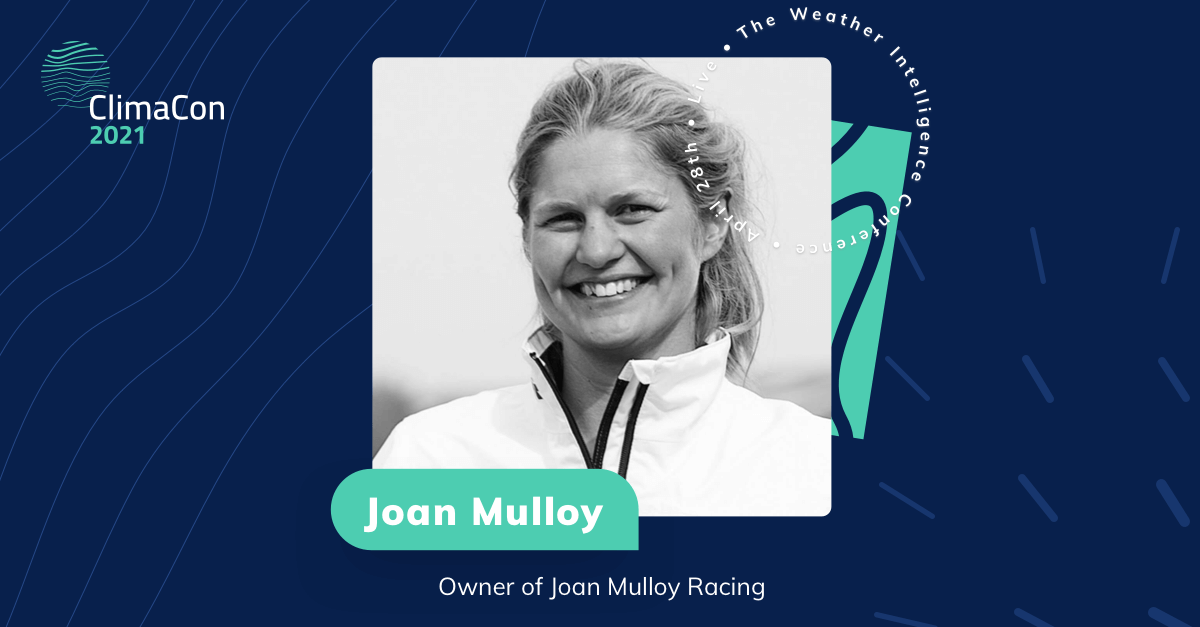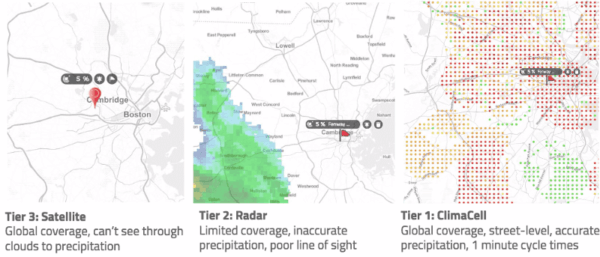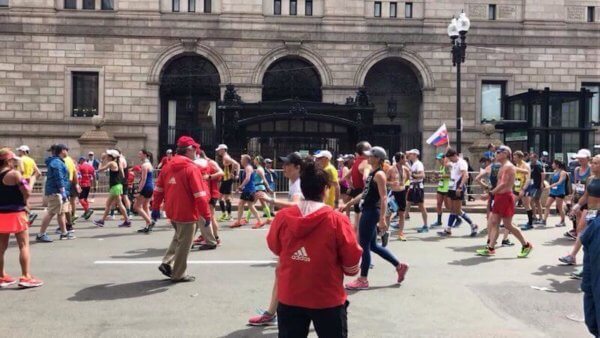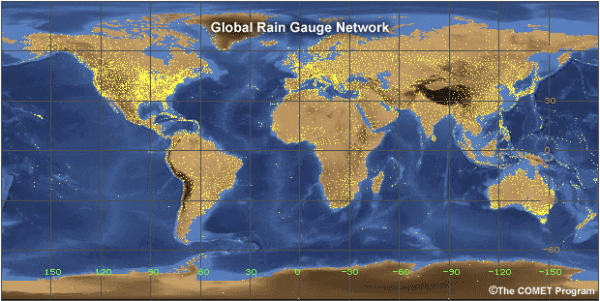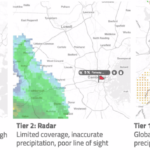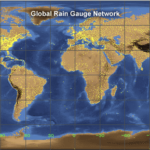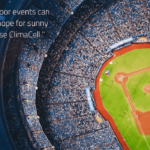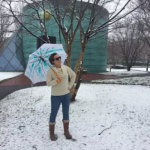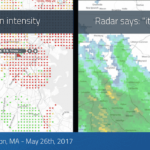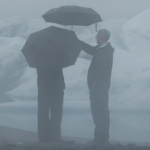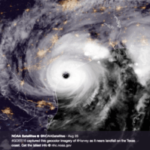Planning for and responding to critical weather events is essential, but for Joan Mulloy, having accurate weather data can be a lifesaver.
Joan Mulloy is an Irish solo offshore sailor. Joan has been living and breathing sailing since she was a child and now competes at the highest level of her sport. She quit her job to enter the sport of offshore racing and now has nearly 30,000 nautical miles under her belt.
Joan is also a pioneer of disruptive technology in the extreme sports field.
We were very excited to welcome Joan to ClimaCon 2021, where she talked about her upcoming competition (which is not for the faint-hearted or those who like their sleep) and shared some exciting stories about the extreme weather she has had to sail through.
Navigating Uncharted Waters
Fun fact: more men have been to space than women have competed in the Vendée Globe, a 24,000 nautical mile round-the-world race. It’s a solo, unsupported event. You can’t pull into the harbor to get help or ask for outside assistance. You can’t get help deciphering the weather or charting your course according to the analysis of this data. You’re on your own.
The Vendée Globe is Joan’s next mission. According to Joan, a lot of the Vendée Globe is about risk management and ensuring you can keep the boat safe, so getting stuck in a storm or unsuitable weather conditions is not ideal.
But while weather data can keep Joan safe, she can also use it to gain performance and peace of mind. If she knows about weather conditions that her competitors aren’t aware of, she can chart her course accordingly.
Joan also points out that being able to rely on weather data means she can do things like sleep without having to constantly worry about waking up in the middle of a storm. And you don’t get much sleep during the Vendée Globe!
Weathering the Storm
Joan has sailed through all kinds of weather conditions. In this ClimaCon session, she spoke to us about a situation off the coast of Portugal where the sails kept filling up with water, and she felt like the waves were never going to stop.
Joan also talked about what it’s like sailing in the Southern Ocean, where often the closest humans are in the International Space Station, and the nearest boat might be three weeks away.
The weather systems in this area can be ferocious, but tracking these systems is a tough ask. That’s when Tomorrow’s radar-equipped space satellites can make a difference.
If you’re an extreme sports fan, or you just want to hear more about Joan’s fascinating stories about pushing herself to the limits, check out our Sailing Solo Around the World in 70 Days fireside chat.
